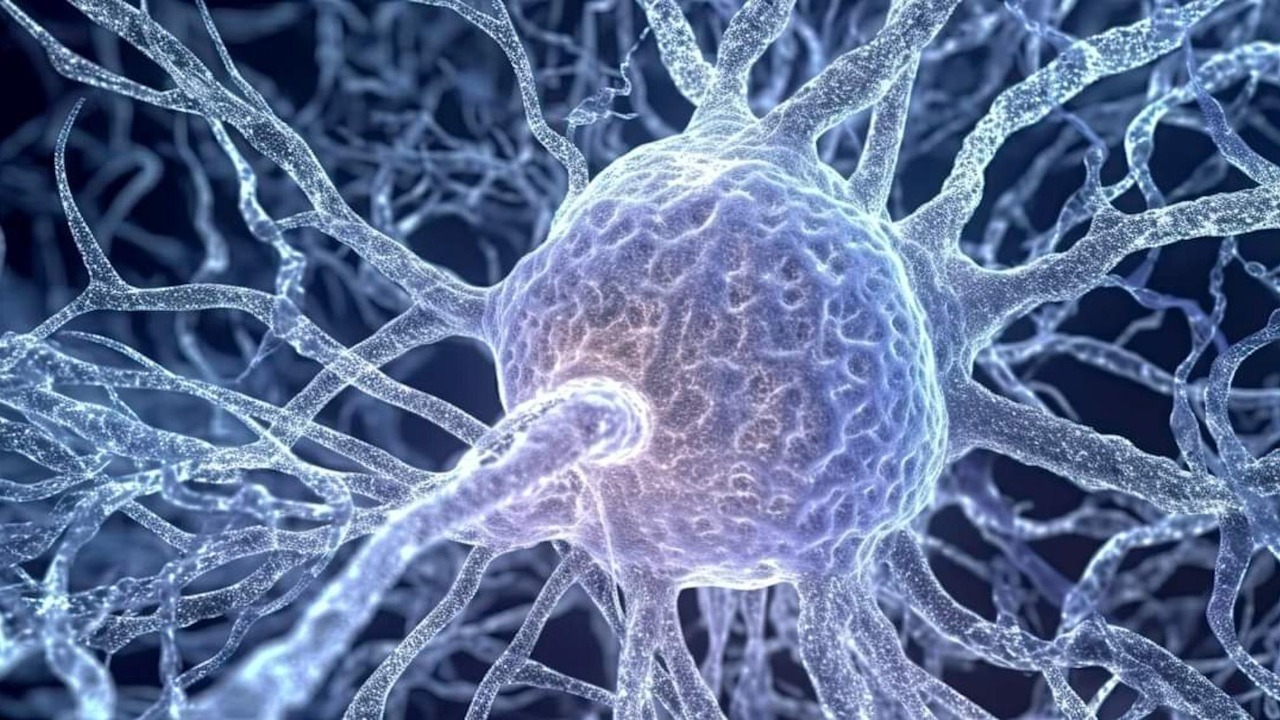
The process of brain cell fusion has been recently implicated in the progression of central nervous system (CNS) viral diseases. This novel biological understanding has opened up a new field of research, offering potential implications for future treatments.
Understanding Brain Cell Fusion

Cell fusion, a fundamental process in biology, plays a crucial role in the development and functioning of the brain. It involves the merging of two or more cells into a single entity, which can then perform specialized functions. In the brain, this process is critical for the formation of certain types of cells, including neurons and glial cells.
Recent scientific discoveries have shed light on the molecular mechanisms that drive the process of brain cell fusion. Particularly, the role of fusogens, proteins that facilitate cell fusion, has been highlighted. Fusogens mediate cell fusion by bringing cell membranes into close proximity and promoting their merger. Research on the role of fusogens in brain cell fusion is ongoing and promises to further advance our understanding of this process.
The Connection between Brain Cell Fusion and CNS Viral Diseases

Viruses that affect the CNS, such as HIV and Zika, have been found to exploit the process of cell fusion to spread within the brain. By fusing with host cells, these viruses can effectively evade the immune system and propagate within the CNS. This process also allows the virus to alter the host cell’s functions, potentially exacerbating the severity of the disease.
Studies have shown that the impact of cell fusion on disease progression can be significant. For example, HIV uses brain cell fusion to spread efficiently, leading to more severe neurological symptoms. Similarly, the Zika virus uses cell fusion to propagate within the brain, causing significant damage to neural tissues.
Unveiling the New Biology of CNS Viral Diseases

The discovery of the role of cell fusion in the pathogenicity of CNS viral diseases represents a major breakthrough in our understanding of these conditions. It provides insight into previously unknown pathways of viral spread within the brain and offers a new angle for studying these diseases.
This new understanding could drastically change our approach to managing and treating CNS viral diseases. By targeting the process of cell fusion, it may be possible to interrupt the life cycle of these viruses, thereby limiting their spread and reducing the severity of the disease. Current research is focused on exploring this possibility.
Implications for Future Research and Therapies

The potential for targeting cell fusion in the treatment of CNS viral diseases is enormous. Research efforts are underway to identify potential therapeutic targets within the cell fusion process. Such targets could be used to develop drugs or other interventions that can interrupt the fusion process, thereby inhibiting viral spread.
However, this line of investigation is not without its challenges. The process of cell fusion is complex and not fully understood, making it difficult to identify effective targets for intervention. Moreover, cell fusion is a critical process in normal brain development and function, so any interventions must be carefully designed to avoid unwanted side effects. Despite these challenges, the potential benefits of this line of research are clear and warrant further exploration.
Case Study: HIV and Brain Cell Fusion

HIV has a unique way of exploiting brain cell fusion. The virus uses a protein on its surface, known as gp120, to bind to receptors on the surface of brain cells. This binding triggers the fusion process, allowing the virus to enter the cell and hijack its machinery for replication.
The impact of this HIV-induced cell fusion on disease progression and severity can be significant. In particular, it can lead to HIV-associated neurocognitive disorders (HAND), a range of neurological conditions associated with HIV infection. Understanding how HIV uses cell fusion could inform the development of new therapies for HAND and other HIV-related conditions. Recent studies are shedding light on this process.
Case Study: Zika Virus and Brain Cell Fusion

Like HIV, the Zika virus also uses cell fusion to propagate within the CNS. This process is thought to contribute to the severe neurological damage associated with Zika infection, including microcephaly in infants infected in utero.
Research is ongoing to develop targeted therapies that can interrupt Zika’s use of cell fusion. By blocking the fusion process, these therapies could potentially limit the spread of the virus within the brain and reduce the severity of the disease. The current state of research in this area is promising, but much work remains to be done.